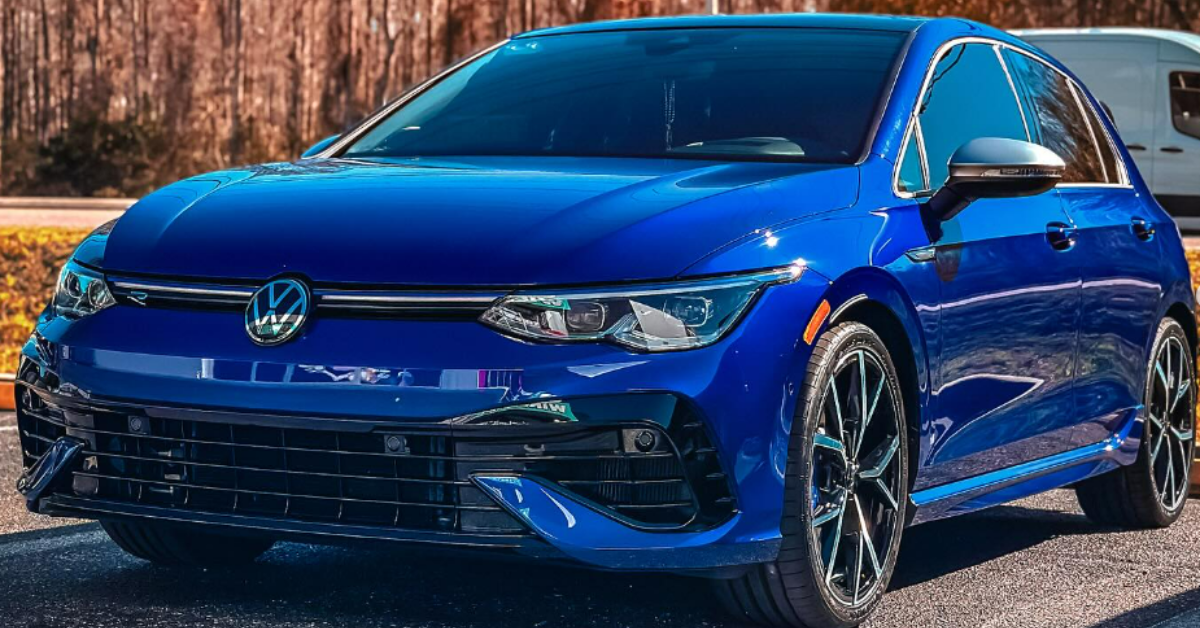When picking the ideal window tint for your vehicle, consider UV protection, heat reduction, privacy, and safety benefits. Understand different tint types like metalized and ceramic for varying advantages. Choose darkness levels carefully, as per your preferences and local laws. Prioritize legal regulations to avoid issues with tint darkness and reflectivity. Assess factors like VLT percentage, medical exemptions, and tint material before installation. Select tint shades based on privacy, UV protection, and visibility needs. Evaluate professional window tint installation versus DIY for precision and legal compliance. Maintain tints properly for longevity. Make informed decisions for the best window tint for your vehicle.
Key Takeaways
- Understand legal tinting regulations to comply with state laws.
- Consider VLT percentage, darkness levels, and reflectivity restrictions.
- Choose tint shade based on privacy, UV protection, and visibility needs.
- Assess professional vs. DIY installation for precision and legal adherence.
- Maintain tint with proper care to prevent damage and ensure longevity.
Benefits of Window Tint
When considering window tint for your vehicle, you’ll find numerous benefits that go beyond just aesthetics. Window tinting protects from harmful UV rays, reducing your exposure to these damaging rays while driving. This not only safeguards your skin but also helps prevent the interior of your vehicle from fading and cracking due to sun exposure. Additionally, tinted windows can greatly reduce the heat inside your car, especially during hot summer days, creating a more comfortable driving experience for you and your passengers.
Another key benefit of window tint is increased privacy and security. By making it harder for outsiders to see inside your vehicle, tinted windows help deter potential thieves who may be tempted by valuables left in plain sight. This added layer of security can give you peace of mind, especially when parking in unfamiliar or high-crime areas.
Moreover, window tinting can enhance the overall safety of your vehicle. In the event of an accident, the tint film can hold glass shards together, preventing them from causing further harm to you or your passengers. This feature can be vital in protecting you during unexpected situations on the road.
Darkness Levels
For an accurate selection of window tint, understanding the darkness levels associated with different types of tint is essential in achieving the best results. Window tints are categorized by darkness levels, typically measured as the percentage of visible light transmission (VLT) they allow.
The darkness levels range from very light tints, such as 50% VLT, which offer minimal tinting and are often preferred for a subtle look, to very dark tints like 5% VLT, providing maximum privacy and heat reduction. Choosing the right darkness level depends on your preferences for privacy, heat reduction, and style.
It’s vital to take into account your local regulations as well, as some areas have restrictions on how dark the tint can be for safety reasons.
Legal Regulations and Restrictions
When pondering window tint for your vehicle, it’s crucial to grasp the legal regulations and restrictions in your area to ensure compliance with the law. Failure to follow these regulations could lead to fines or even having to remove the tint.
Here are some key points to ponder:
- Visible Light Transmission (VLT) Requirements: Each region has specific regulations regarding how much light must pass through the tint. This is usually expressed as a percentage, with lower percentages indicating darker tints.
- Prohibited Colors and Reflectivity: Some areas have restrictions on the colors allowed for window tints, as well as the level of reflectivity they can have. Confirm that your choice aligns with these guidelines.
- Front Side Window Tinting: Regulations often differ for front-side windows compared to rear windows. Make sure you understand the limits for each window in your vehicle.
- Medical Exemptions: In certain cases, individuals with medical conditions may be allowed darker tints for health reasons. Check if you qualify for any exemptions in your area.
- Certification Requirements: Some regions require that the tint installer is certified to ensure the tint meets safety standards. Verify the qualifications of the installer before proceeding.
Factors to Consider Before Tinting
Before tinting your vehicle’s windows, it’s important to take into account the legal tinting regulations in your area.
Next, you’ll need to select the type of tint material, such as metalized, or ceramic, based on your specific needs.
Legal Tinting Regulations
To ensure compliance with legal tinting regulations, thoroughly familiarize yourself with the specific laws governing window tint in your area. Here are some key factors to consider before tinting your vehicle:
- Visible Light Transmission (VLT): Make sure your tint meets the minimum VLT percentage required by law.
- Tint Darkness Levels: Different states have varying regulations on how dark the tint can be.
- Reflectivity Restrictions: Some areas prohibit highly reflective tints for safety reasons.
- Medical Exemptions: Check if medical exemptions for darker tints are allowed with proper documentation.
- Certification Requirements: Ensure the tint installer is certified and follows the legal guidelines.
Type of Tint Material
Consider the type of tint material that best suits your needs and preferences for your vehicle’s window tinting project. There are several types of tint materials available in the market, each with its own set of characteristics.
For better heat rejection, you might opt for metalized film, which is durable but can interfere with electronic signals.
If you’re concerned about signal interference, then non-metalized ceramic film is a premium choice offering excellent heat rejection without signal disruption.
Make sure to select a tinted material that aligns with your priorities for maximum satisfaction.
Tint Shade Preference
When selecting the tint shade for your vehicle, it’s crucial to carefully assess factors that will impact the overall look and functionality of the tinting. To guarantee you make the right choice, consider the following:
- Legal Restrictions: Check local regulations to confirm the tint shade you choose complies with the law.
- Privacy Needs: Determine how much privacy you desire inside your vehicle.
- Heat Rejection: Choose a tint shade that offers adequate heat reduction for comfort.
- Aesthetic Preference: Pick a tint shade that complements the exterior of your vehicle.
- Visibility Requirements: Consider how well you need to see out of your windows in different lighting conditions.
Choosing the Right Tint Shade
When selecting the appropriate tint shade for your vehicle, make sure it complies with local regulations and provides the desired level of privacy and UV protection. The shade of window tint you choose can have a considerable impact on the overall appearance of your vehicle, as well as the level of protection it offers.
Tint shades are measured by Visible Light Transmission (VLT) percentages, which indicate how much light can penetrate the tint. For instance, a 5% VLT means only 5% of light can penetrate, making it very dark, while a 50% VLT allows half the light to penetrate, offering a lighter tint.
Dark tint shades like 5% VLT provide maximum privacy and UV protection, making them perfect for those looking for a more exclusive feel and enhanced security. However, these shades can decrease visibility, especially at night, which may not be suitable for all drivers. On the other hand, lighter tint shades like 50% VLT offer less privacy but maintain better visibility, making them a suitable option for those who prioritize safety and want to adhere to local tinting regulations without compromising on style.
Ultimately, the appropriate tint shade for your vehicle depends on your preferences regarding privacy, UV protection, and visibility. It’s crucial to carefully take these factors into account to choose a tint shade that not only looks fantastic but also meets your specific needs and enhances your driving experience.
Professional Installation Vs. DIY
For optimal results and adherence to tinting standards, choosing between professional installation and DIY for your vehicle’s window tinting requires careful consideration of skill level and equipment availability.
Here are some key points to help you make the right decision:
- Skill Level: Professional window tint installers have the training and experience to ensure a flawless application, minimizing the risk of bubbles or creases that can occur with DIY attempts.
- Equipment: Professionals have access to specialized tools that are necessary for a smooth and precise tint application, providing a professional finish that can be challenging to achieve with DIY kits.
- Warranty: Professional installations often come with ensures that cover any issues that may arise post-installation, offering peace of mind and assurance of quality workmanship.
- Time and Effort: DIY tinting requires meticulous attention to detail and can be time-consuming, whereas professionals can complete the job efficiently, saving you time and effort.
- Legal Compliance: Professionals are knowledgeable about tinting laws and regulations, ensuring that your tint meets legal requirements and preventing potential fines or penalties.
Considering these factors, you can determine whether a professional installation or a DIY approach is the best choice for your window tinting needs.
Maintenance and Care Tips
To maintain the longevity and appearance of your vehicle’s window tint, implementing proper care and maintenance practices is essential. Following these tips will help ensure your window tint remains in top condition.
To begin with, avoid rolling down your windows for at least three to five days after the tint is installed. This allows the tint to cure properly and adhere to the glass. When cleaning your tinted windows, use a mild soap or specialized window tint cleaner along with a soft microfiber cloth. Avoid using harsh chemicals or abrasive materials that could damage the tint. It’s also vital to refrain from using ammonia-based cleaners, as they can cause the tint to degrade over time.
Regularly inspect your window tint for any signs of peeling, bubbling, or discoloration. If you notice any issues, consult a professional to address them promptly. When parking your vehicle, try to find shaded areas or use a windshield sunshade to prevent prolonged exposure to direct sunlight, which can fade the tint. Additionally, be cautious when using ice scrapers or other sharp objects near the tinted windows to avoid scratching or lifting the film.
Summary
Selecting the appropriate window tint for your vehicle is vital for both aesthetics and functionality. With the various advantages of window tint, understanding the types, legal regulations, and factors to take into account is essential.
Make sure to choose the perfect tint shade that suits your needs and preferences. Whether opting for professional installation or DIY, proper maintenance is key to maximizing the longevity of your window tint.
Remember, the right window tint can truly enhance your driving experience to the next level.
At Filthy Unicorn, we are dedicated professionals in the Auto Detailing industry, providing reliable and expert services across Tampa, St. Petersburg, and Clearwater.





